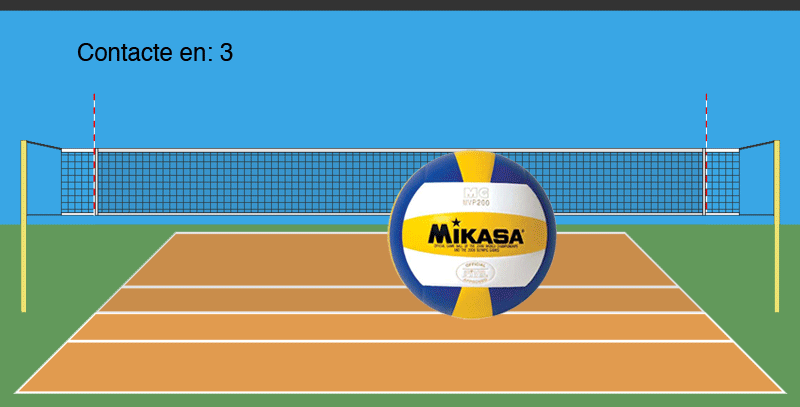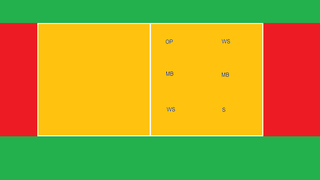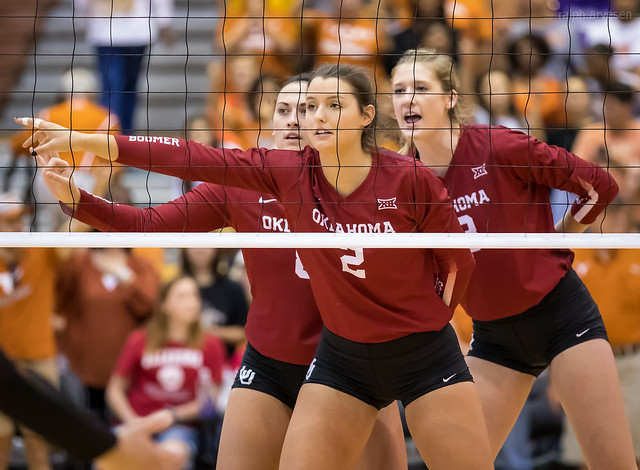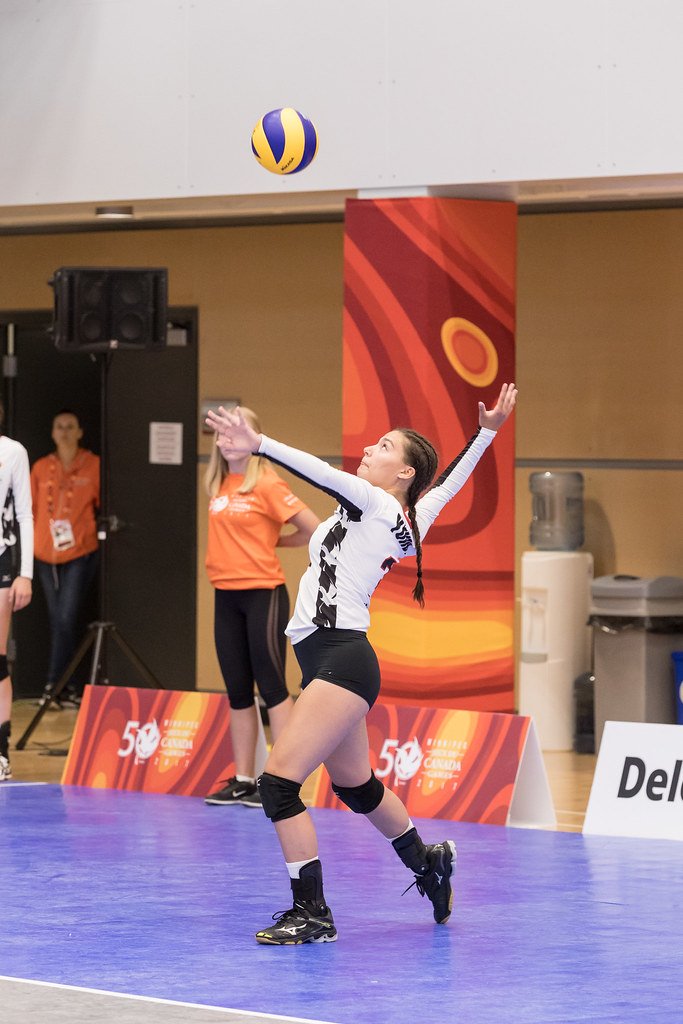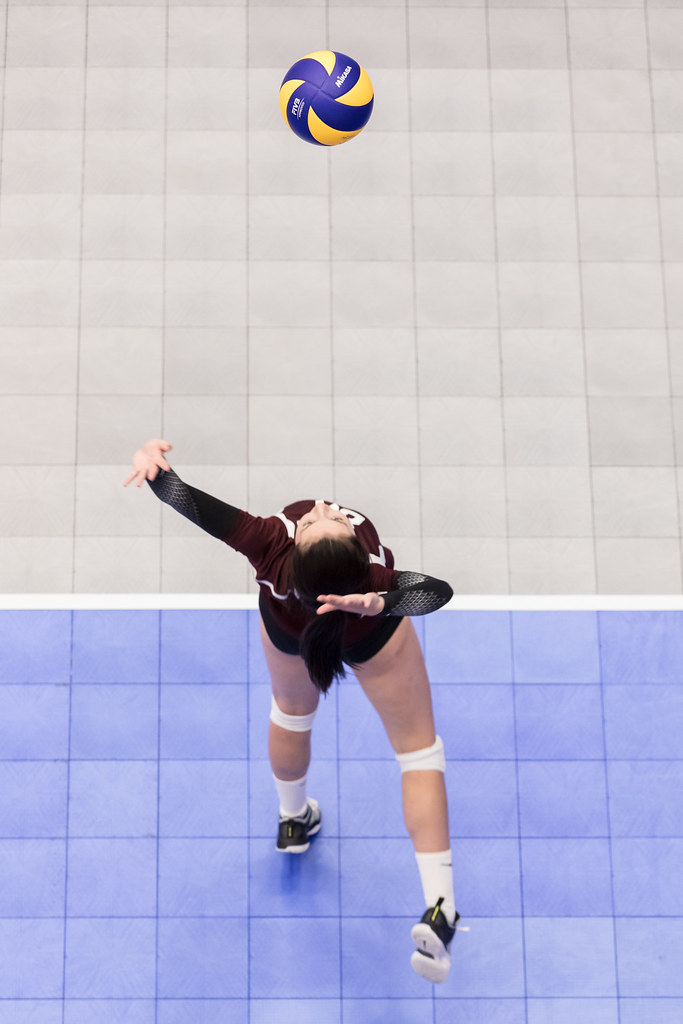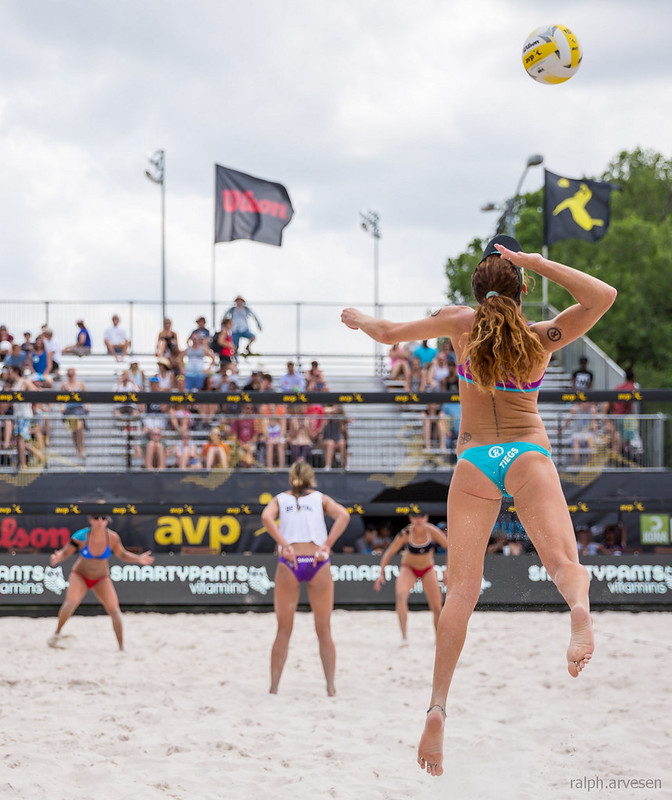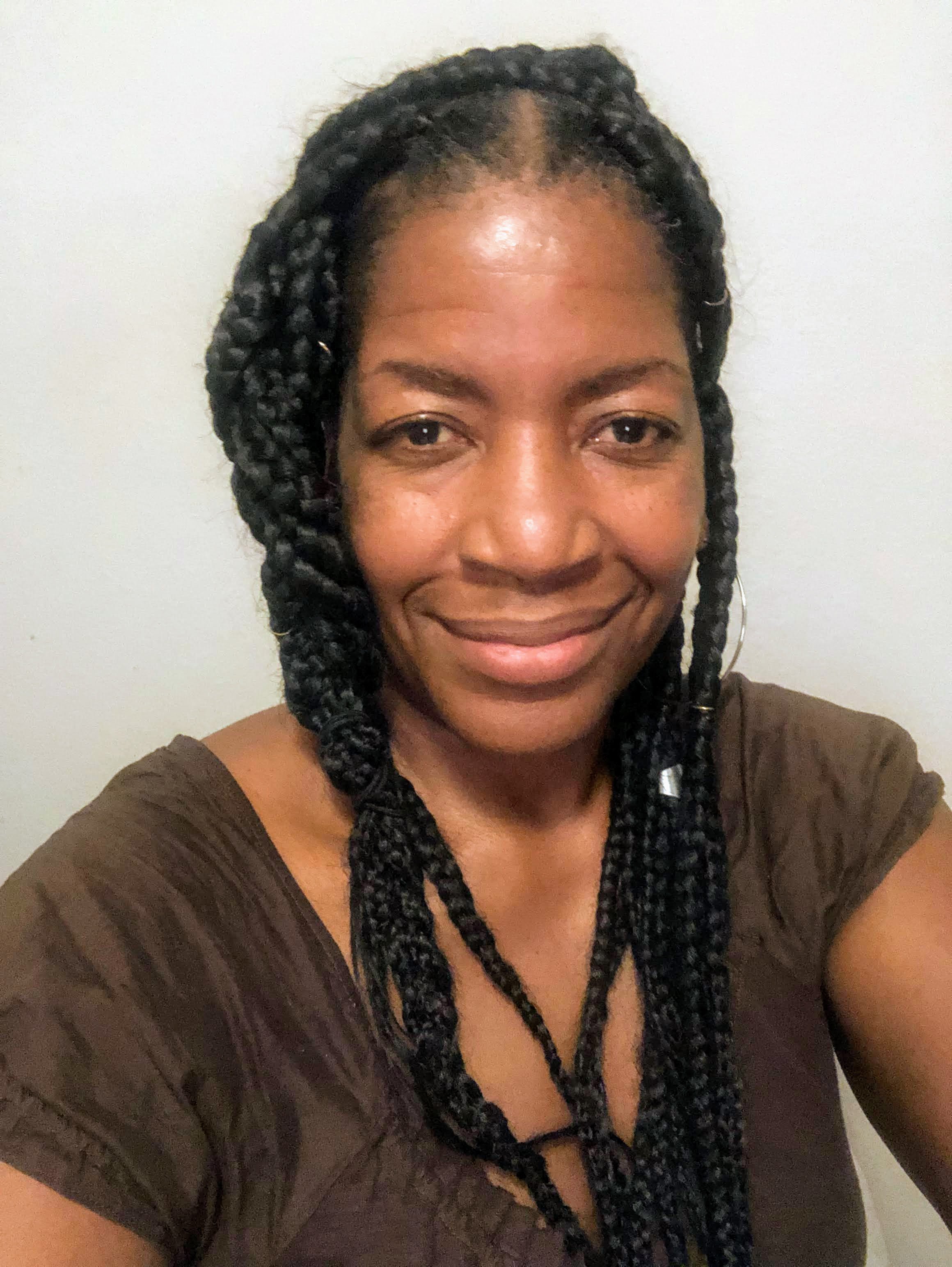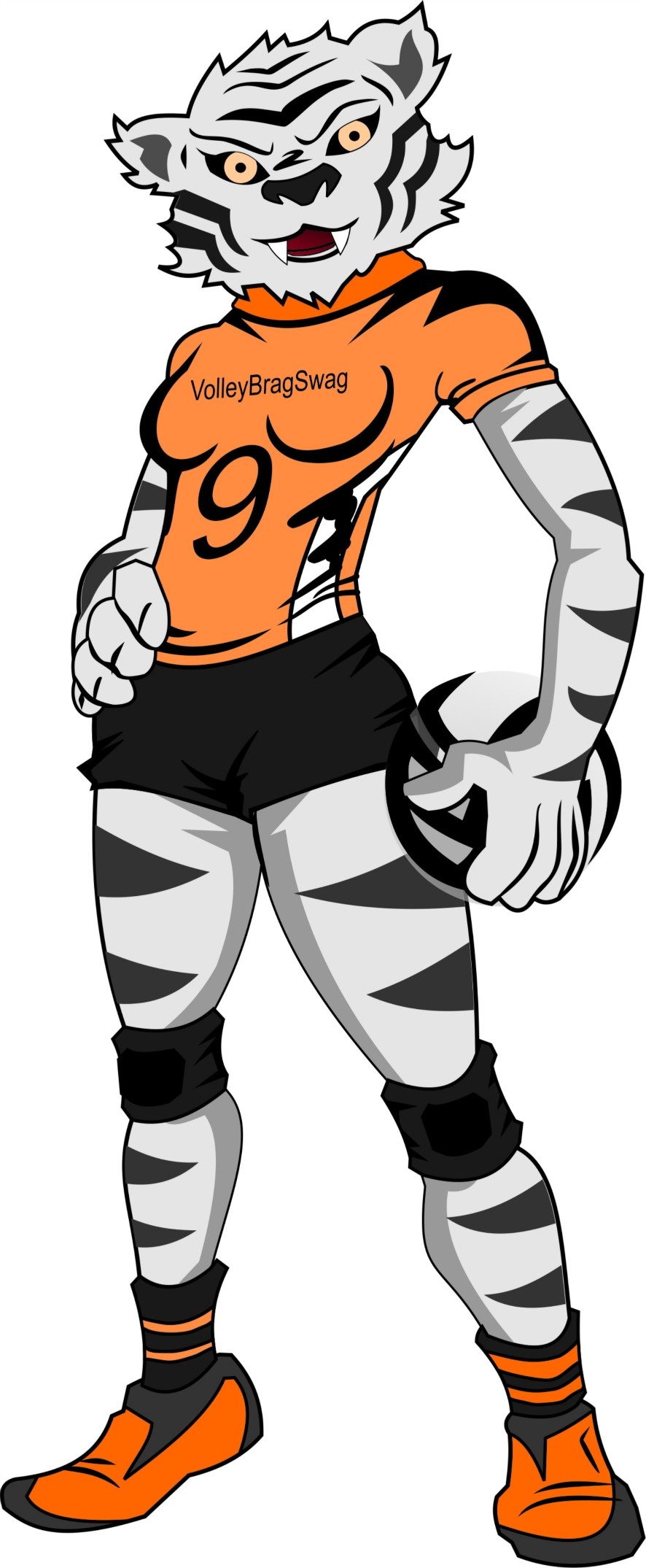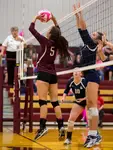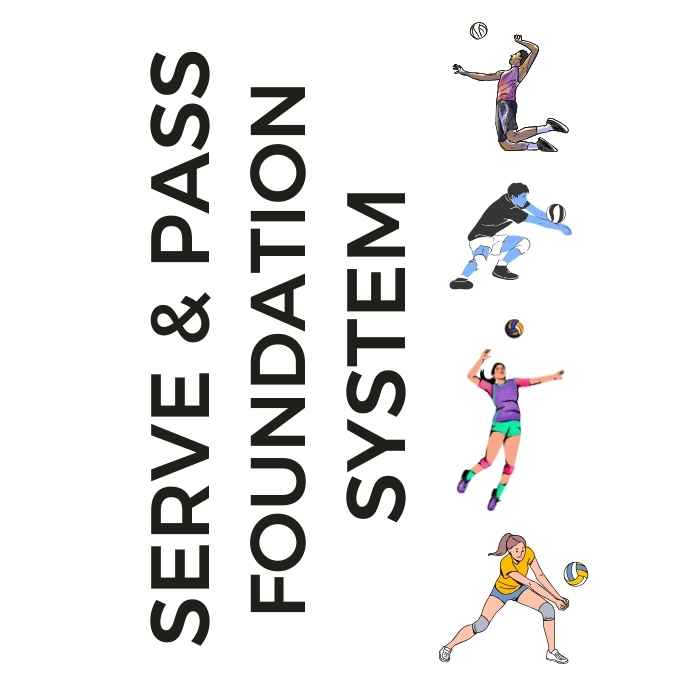
Serve + Pass Foundation System: The Complete Skills Arsenal The two-skill mastery system that transforms inconsistent players into the athletes coaches build their lineups around. Stop Struggling With The Two Most Important Skills In Volleyball!
- Improve Your Volleyball with Coach April
- Questions For Volleyball Players
- Volleyball Service Rules
Volleyball Service Rules: A Complete Guide for Volleyball Moms
Volleyball moms, boost your knowledge of volleyball service rules! In my serve rule guide explore my comprehensive list from toss techniques to line violations
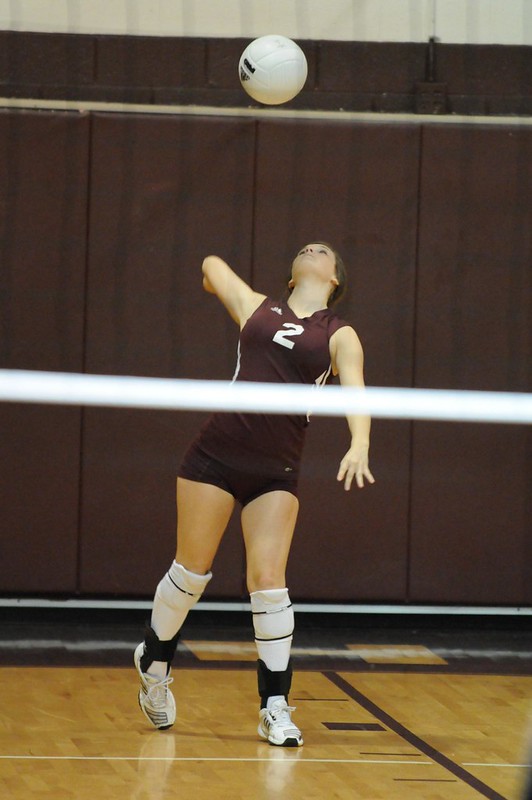 As a volleyball mom, understanding the volleyball service rules of the game is an important step to supporting your young beginner athlete. (photo Dan Morgan)
As a volleyball mom, understanding the volleyball service rules of the game is an important step to supporting your young beginner athlete. (photo Dan Morgan)As a volleyball mom, understanding the volleyball serving rules of the game is an important step to supporting your young beginner athlete.
One of the first things a volleyball player learns in volleyball is serving, and knowing the volleyball service rules can help you better appreciate the game while positively guiding your child's success.
In my comprehensive guide, I'll break down everything you need to know about volleyball service rules.
Volleyball Service Rules: Let's Review The Basics
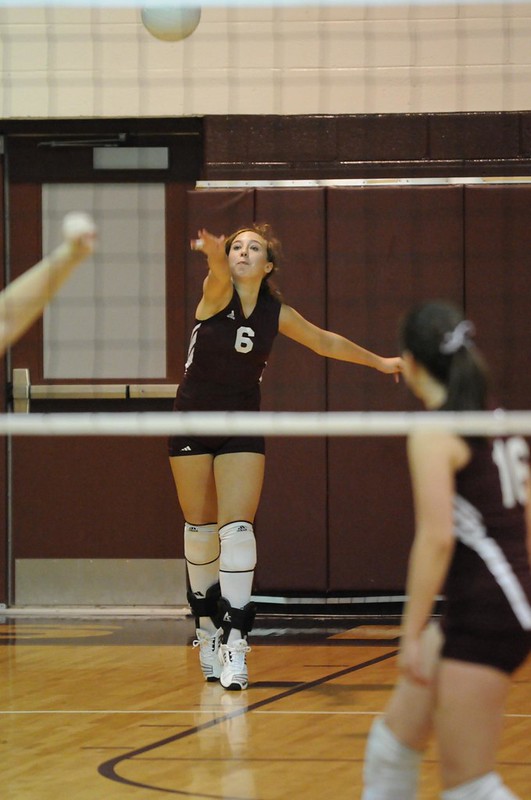 The serve is done by one player without the help of any other player, This makes the serve the first opportunity for a player to score a point. (photo Dan Morgan)
The serve is done by one player without the help of any other player, This makes the serve the first opportunity for a player to score a point. (photo Dan Morgan)According to the volleyball serve rules, each rally begins with a serve.
Understanding these rules is essential for both players and spectators.
Volleyball Service Rules: What Types of Serves Are Most Used In High School and Club
Listen to what I tell Addi about being aggressive with her armswing.
Working on her floater in volleyball serve today we did 100 reps of the same serve to the same spot so we could problem solve and work on every body part movement...where things go so when its time to do everything faster...we have smoothed out and understood all the possible wrinkles.
1. The Float Serve
This technique makes the serve challenging for opponents to receive or pass accurately.
2. The Jump Serve
- stands 5-6 feet behind the service line
- tosses the ball high 8 -10 feet in the air
- approaches the ball with a 3-4 step approach
- then contacts the ball at the peak of their jump.
This serve can be powerful and difficult to defend against.
SHE'S JUST A FRESHMAN ⚡️#gofrogs pic.twitter.com/LKgPkxEcE0
— TCU Volleyball (@TCUvolleyball) September 26, 2024
Ella Serves An Ace Between The Left Back and Middle Back Passers
3. The Topspin Serve
The topspin serve involves hitting the ball with a forward spin, causing it to drop quickly after crossing the net.
This serve can be effective in catching receivers off guard when placed strategically on the court.
Volleyball Service Rules: The Toss
The toss is a critical part of serving in volleyball. Here are the key rules to remember:
1. Only one toss is allowed once the referee has blown their whistle.
2. If a player catches the ball after tossing without completing their service action, it's a fault also called a sideout and the opposing team earns the right to serve.
4. If the dropped ball touches any of the server's body parts on the way down, it's a fault and the opposing team earns the right to serve the next ball.
Volleyball Service Rules: Serving Location
How To Improve Volleyball Serve Skills in Vegas: Want to know what to fix first? Check your toss which is the important part of getting your serve consistently to your target.
Where can a player serve from? The volleyball serve rules state:
1. The service action must take place within the service zone, which is located behind the end line on each team's court.
2. The service zone is 29 feet 6 inches wide and runs parallel and behind each of the end lines.
3. Players cannot touch or step over the end line (also called the service line) while serving.
Volleyball Service Rules: Timing and Procedure
When and how should a player serve? Here's what you need to know:
1. Players must wait for the referee's whistle before beginning their service action.
2. Servers have 8 seconds from the whistle to complete their service action and get the ball over the net.
3. The server must contact the ball behind the service line and cannot enter the court until after contacting the ball.
3. The server needs to contact the ball behind the service line and cannot enter the court until after contacting the ball.
Volleyball Serving Drills: Addi, Piper and Hadley Working on their Jump Float Serve To Chairs for Accuracy and Points during semiprivate training with me
Volleyball Service Rules: Positioning of Other Players
While the server is in action, other players must adhere to specific positioning rules:
1. Players must maintain their rotational order on the court.
2. Front-row players can move freely inside the ten foot line but can not cross the attack line before the serve.
Volleyball Service Rules: Screening
Screening is when the serving team's players prevent opponents from seeing the server or the ball. This is illegal in volleyball.
Here are some key points about screening:
1. Players on the serving team can not wave their arms, jump, or move sideways to hide the server.
2. They must not form groups to hide the server's actions.
3. If a screen occurs, the serving team loses the point.
Volleyball Service Rules: Service Order
Maintaining the correct service order is very important:
1. Teams must follow their rotation order when serving.
2. If a wrong player serves, the team loses the point and service.
3. The correct player then takes their turn to serve.
Volleyball Service Rules: Common Faults and Errors
Understanding service faults can help you follow the game better. Common faults include:
1. Foot faults:
Stepping on or over the service line while serving.
2. Time violations:
Taking more than 8 seconds to serve after the referee's whistle.
3. Illegal toss:
Catching the ball after tossing or allowing it to touch the body before serving.
The ball touching the net on the serve and not going over.
5. Out of bounds:
The served ball landing outside the opponent's court.
Volleyball Service Rules: Special Situations
1. Let Serve
A let serve occurs when the ball touches the net on a serve but still goes over to the opponent's side. This is a legal serve, and play continues.
2. Re-Serve Situations
In some cases, a re-serve may be allowed:
- If a player serves before the referee's whistle
- If there's an external interference during the serve
Volleyball Service Rules: Indoor vs. Beach Volleyball
While many rules are similar, there are some differences between indoor and beach volleyball serving rules:
1. In beach volleyball, players have only 5 seconds to serve instead of 8.
2. Beach volleyball allows players to step into the court during their serving motion, as long as contact with the ball is made behind the service line.
Tips for Volleyball Moms: Helping Your Child with Serving
1. Encourage consistent practice of different serve types.
2. Help them develop a pre-serve routine to stay focused.
3. Remind them to stay calm and take their time within the 8-second limit.
4. Practice proper footwork during your jump serve to avoid foot faults.
Volleyball Service Rules: Recent Changes
Volleyball rules can change over time. Some recent modifications include:
1. The serve can now touch the net and still be considered in play, this is called a "let serve." rule.
2. In some leagues, a "service zone" has replaced the traditional single service position.
Always check with your child's specific league or organization for the most up-to-date rules.
Conclusion: Mastering Volleyball Service Rules
Understanding volleyball service rules is essential for both players and spectators.
As a volleyball mom, this knowledge will help you better support your child and appreciate the intricacies of the game.
Remember, serving is not just about power – it's about precision, strategy, and following the rules.
Whether it's a float serve, jump serve, or topspin serve, each technique has its place in the game.
Encourage your child to practice different serves while always adhering to the volleyball service rules.
With time and practice, they'll develop the skills and confidence to make serving a strength in their volleyball journey.
Do You Follow Me on Pinterest?
Follow me on Pinterest Volleybragswag to improve your game even faster!
I share alot of individual, partner and easy-to-do volleyball serving drills we do in class with my followers.
Many of these volleyball practice drills you can do at home by yourself or try at your next practice with your teammates.
If you're a B team or JV player trying to make varsity next year...your goal should be to complete 1000 reps a day of at least three of the basic skills on your own...volleyball passing, serving and setting should be at the top of the list.
Volleyball Service Rules
Where Do You Go From Here?
Your options are:
- You can learn more about Serving by visiting the related links below.
- Follow the suggested reading on our Sitemap page Learning How To Play (Sitemap)
- Or visit the pages in the How to Play Volleyball section in the drop down menu at the top of the page to get started.
- Before leaving this page Say "Hi" to Miss Tattoo the Tiger wearing the #9 jersey below. Miss Tattoo is the starting defensive and serving specialist for the All Beast VolleyBragSwag All Star team.
If your athlete struggles with consistent serve receive, gets subbed out, or is overlooked for playing time—this is the fix you’ve been looking for.

Struggling with passing consistency?
I help talented passers tired of getting pulled from games because of inconsistent serve receive skills BUILD passing confidence without expensive private lessons using the same 3-step system that's helped dozens of my athletes get recruited.
Download my eBook for $17.99 and start building the passing confidence that keeps you on the court—and gets you seen by college coaches.
From Lady Vol to Legend: Coach April Produces Powerful Passionate Players...is that you?
What Are You Looking For?
Click to Download Your Pre Serving Ritual Mastery Checklist pdf:
🎯Volleyball Pre Serving Ritual Guide -
Players! Learn How To Transform Your Serve from Weak to Weapon
Click to Download Your Parent's Volleyball Serving Checklist pdf
🎯Parent's Volleyball Serving Checklist Guide
Parents! Help Your Player Develop Championship Serves (Even If You've Never Played)
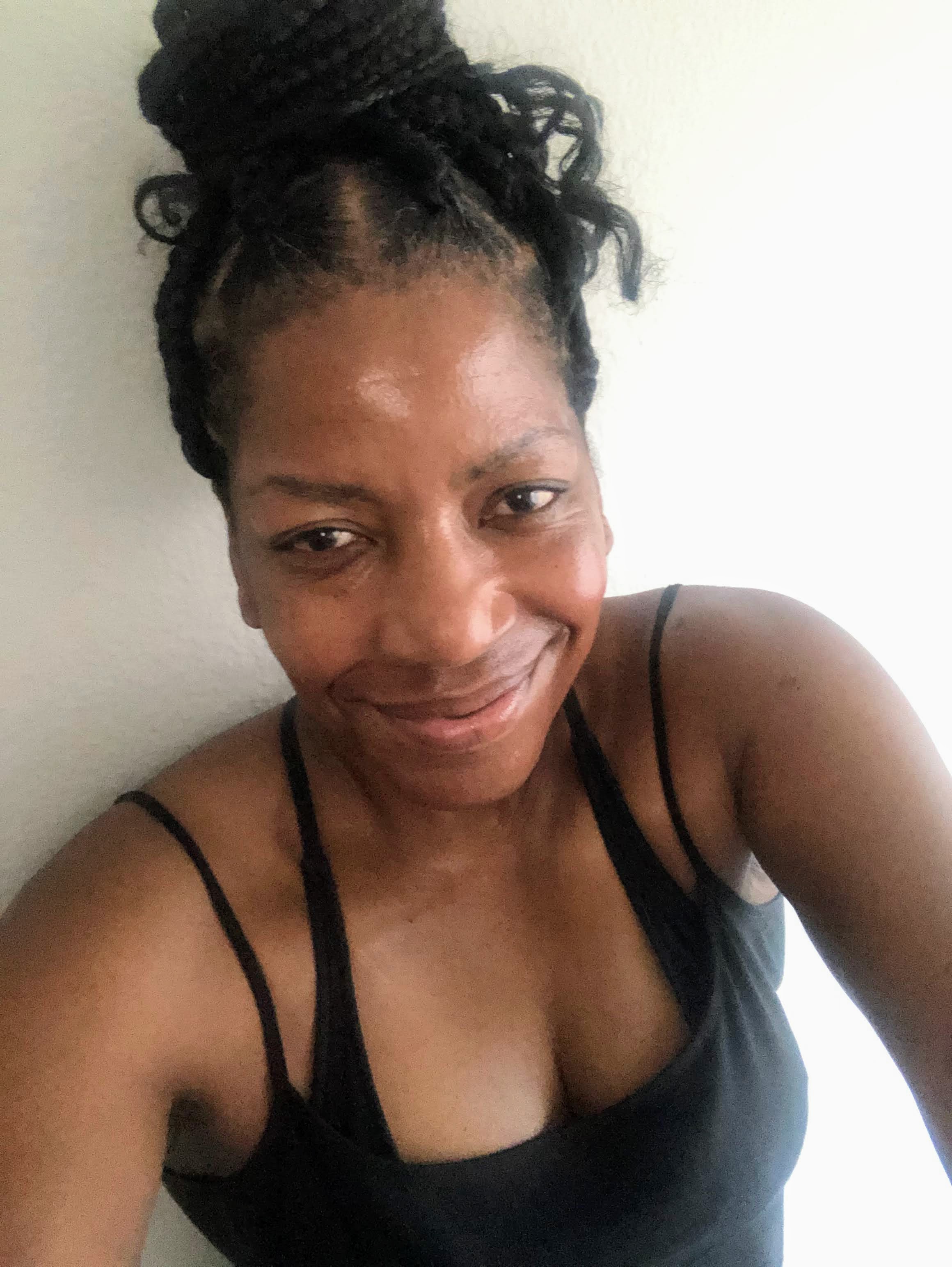
Hi there!
Thanks for stopping by. Hope you learned something today that will help you reach your volleyball goals.
Be sure to subscribe to my email newsletter so you can learn more each week!
Stay strong! Stay motivated!
-Coach April
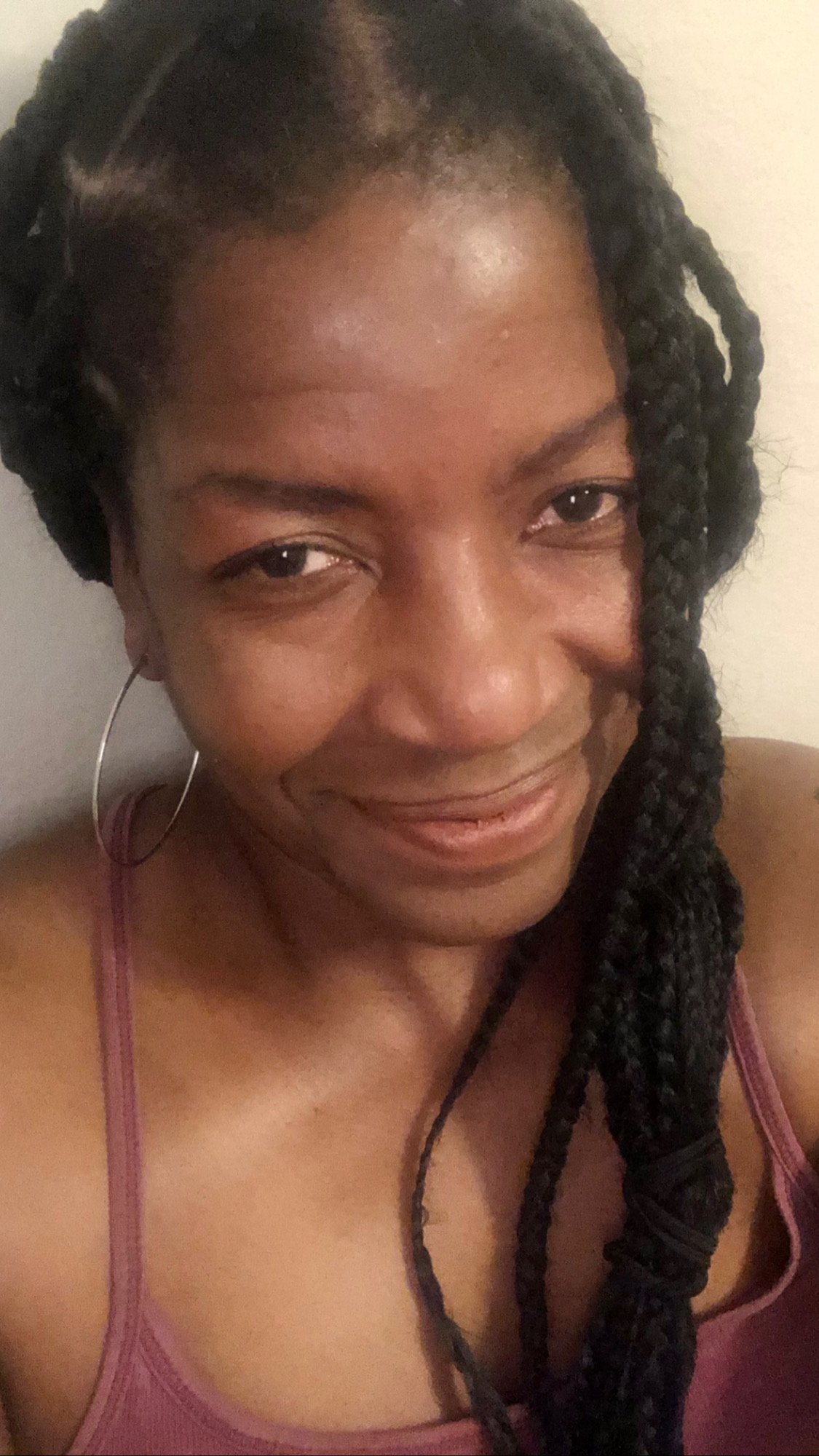
SUSCRIBE to my email newsletter below!
 Click to learn more about the weekly volleyball classes and clinics or email info@imrpoveyourvolley.com for information
Click to learn more about the weekly volleyball classes and clinics or email info@imrpoveyourvolley.com for informationCongratulations to my seven Boys-18s Vegas Volley club players who played in two state championship finals yesterday, the 3A and 5A State champinship finals at Sunrise Mountain High School.
TOURNAMENT CHAMPIONS!
A-1 Vegas Volley VBC
In It To Win It Tournament
May 2 - 4, 2025 Tournament
Gold Medalists
18s Premier Division
Vegas Volleyball's Unsung Heroes: Celebrating Moms with Peace Love Volleyball Shirts
Ready to energize your volleyball mom journey?
Subscribe to my 'Producing Powerful Passionate Peaceful Players' email list above on ImproveYourVolley.com.
You'll receive energy-boosting tips, exclusive insights from me, Coach April Chapple on maintaining momentum in volleyball.
Let's power up the Vegas volleyball scene together!
Recent Articles
-
The Volleyball Toss How Consistent Is Your Ball Toss Before You Serve?
Dec 07, 25 12:29 AM
The volleyball toss for the overhand serve needs to consistently be two feet up in the air and one foot in front of front foot which puts the ball in front of your serving arm. -
Shop Small: Real Volleyball Training With + Results From A Real Coach
Dec 03, 25 10:30 AM
Support a woman-owned business. Get training from a former elite pro with 13+ years coaching experience. Ditch the big box store--invest in proven results. -
How to Jump Float Serve: 3 Pro Volleyball Player's Secret Serving Tips
Nov 28, 25 08:34 PM
Why do college players rely on the jump float serve? It combines power with unpredictable movement. Learn how to jump float serve like the pros in this guide.

